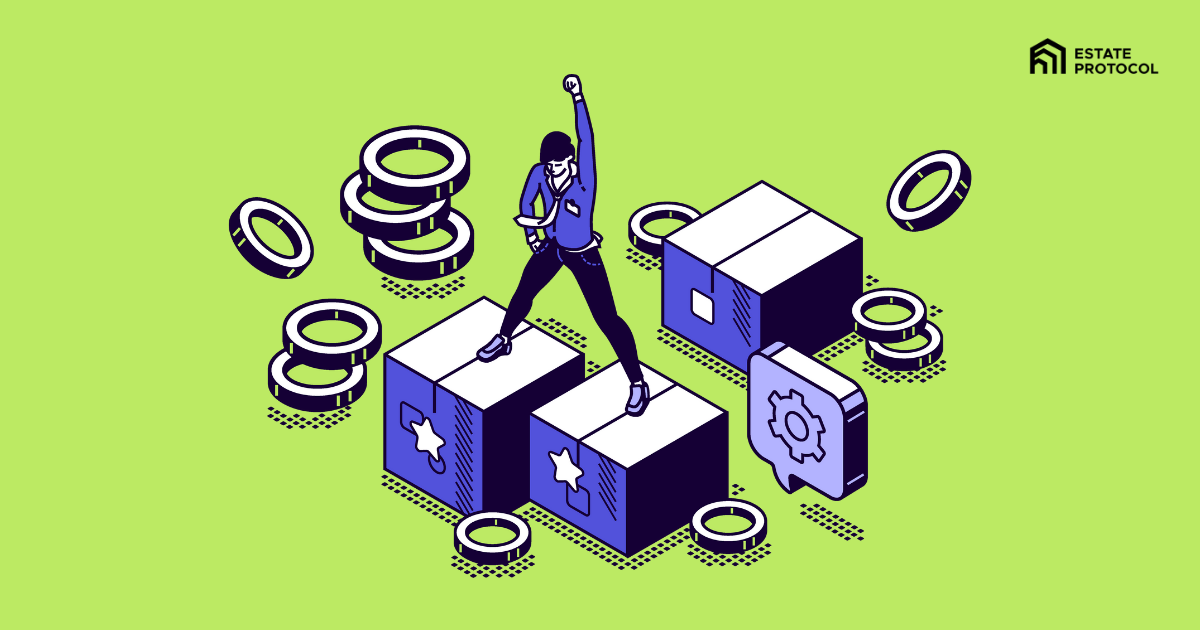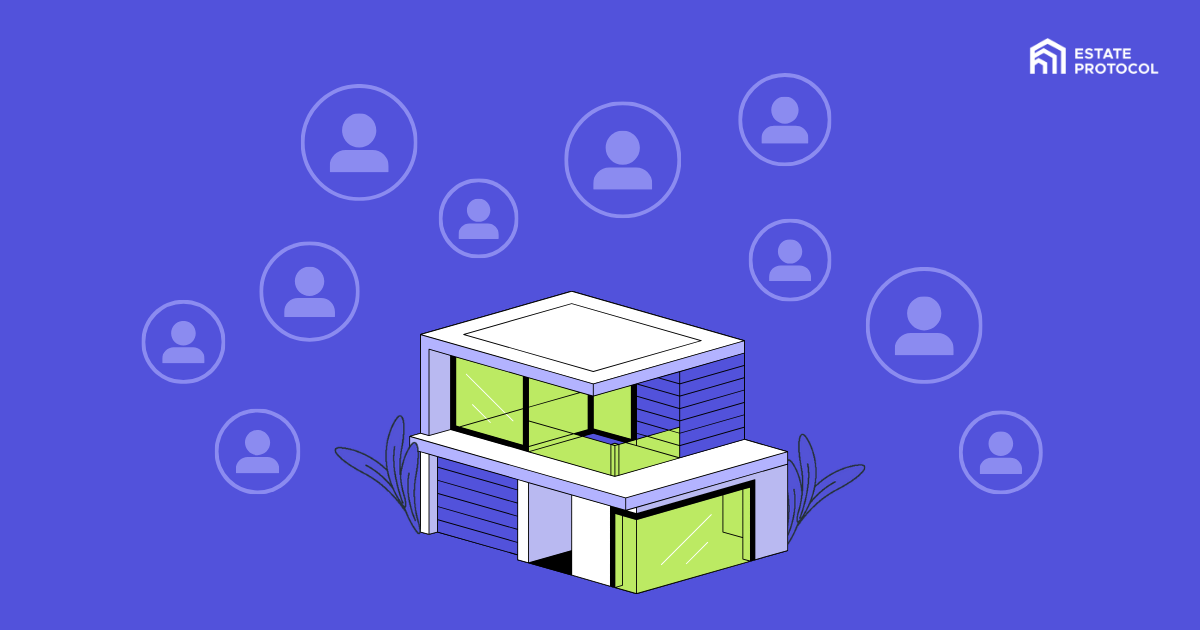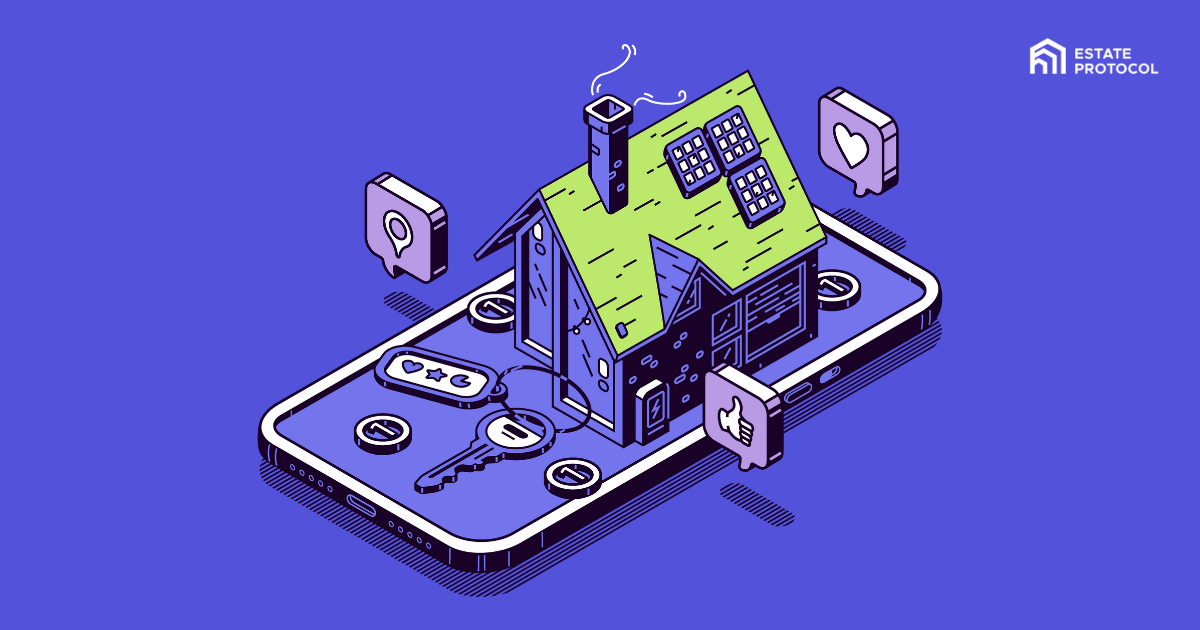Welcome to our guide on asset tokenization! In this article, we will walk you through the process of tokenizing your asset, allowing for easy management, monetization, and trading on the blockchain. Whether you are an individual or a business, asset tokenization offers numerous benefits and opportunities for unlocking the value of your physical assets.
When it comes to asset tokenization, there are a few key steps you need to follow. From asset audition to token distribution, we’ll cover it all. So, let’s dive in and learn how to tokenize your asset in 8 simple steps.
Key Takeaways:
- Asset tokenization involves transforming a physical asset into a digital token on the blockchain.
- Types of tokens used for asset tokenization include utility tokens, security tokens, wrapped tokens, and non-fungible tokens.
- The asset tokenization process includes steps such as asset audition, token choice, platform choice, smart contract creation, tokenized assets vaulting, and token distribution.
- Asset tokenization offers benefits such as increased efficiency, reduced costs, enhanced transparency, and improved liquidity.
- Choosing the right tokenization platform is crucial for a successful asset tokenization project.
Assets you can Tokenize
With the dawn of the digital age, we’ve seen a lot of things become digitized. You can now buy and sell digital copies of music, books, and movies. You can also purchase digital currency, such as Bitcoin or Ethereum. But what about physical assets? Can they be digitized and traded like stocks or bonds?
The answer is yes! In fact, this is already happening with a process called tokenization. Tokenization is the process of converting a physical asset, such as a piece of art or real estate, into a digital token that can be traded on a blockchain. This token can then be bought and sold by anyone with an Internet connection.
So, what are some assets that can be tokenized? Let’s take a look:
- Real estate: Tokenizing real estate helps to make the buying and selling process more efficient. It also opens up investment opportunities to a wider pool of investors, as tokenized real estate can be easily bought and sold on a blockchain.
- Art: Art tokenization can help artists to raise funds for their work and sell their artwork to a global audience. It also enables collectors to easily buy and sell art online.
- Commodities: Commodities such as gold and silver can be tokenized and traded on a blockchain. This allows investors to trade commodities without the need for a centralized exchange.
These are just some of the assets that can be tokenized. With tokenization, the sky’s the limit! In the future, we may see even more assets being tokenized and traded on a blockchain.
Things to know before you Tokenize your Asset
Asset tokenization is a revolutionary process that transforms real-world assets into digital tokens on the blockchain. This innovative approach offers a myriad of benefits that can revolutionize the way assets are managed and traded. By leveraging blockchain technology, asset tokenization provides increased efficiency, reduced costs, enhanced transparency, and improved liquidity.
One of the key advantages of asset tokenization is the increased efficiency it brings to asset management. By digitizing assets and creating tokens that represent them, the entire process becomes more streamlined and accessible. Transactions can be executed seamlessly and quickly, eliminating the need for intermediaries and reducing the time and costs associated with traditional asset transfers.
Enhanced transparency is another noteworthy benefit of asset tokenization. Each token represents a specific asset and its ownership, ensuring complete transparency throughout the entire lifecycle. This level of transparency fosters trust and allows for easy tracking and auditing of assets. Furthermore, the immutability of blockchain technology ensures that the ownership and transaction history of tokenized assets cannot be altered, providing a reliable and transparent record.
The Benefits of Asset Tokenization
- Increased Efficiency: Asset tokenization streamlines asset management processes, reducing costs and eliminating intermediaries.
- Enhanced Transparency: Tokenization provides a transparent record of ownership and transaction history, allowing for easy auditing.
- Improved Liquidity: Tokenized assets can be traded more easily, providing increased liquidity and access to a larger investor base.
- Reduced Costs: By eliminating intermediaries and streamlining processes, asset tokenization reduces costs associated with asset transfers.
Lastly, asset tokenization opens up new avenues for liquidity and investment opportunities. Tokenized assets can be traded more easily and efficiently, allowing for increased liquidity and access to a larger pool of potential investors. This democratization of asset ownership not only provides investors with more options but also enables the creation of new financial instruments and markets, ultimately driving economic growth.
In conclusion, asset tokenization offers extensive benefits that can revolutionize the way assets are managed, traded, and invested in. By leveraging blockchain technology, asset tokenization provides increased efficiency, enhanced transparency, improved liquidity, and reduced costs. As the world embraces this transformative technology, we can expect to see a significant shift in traditional asset management practices.
How to Tokenize Your Asset
To tokenize an asset, you need to follow several key steps. This process involves transforming a physical asset into a digital token on the blockchain, enabling easy management, monetization, and trading. Here are the essential steps on how to tokenize a physical asset:
The Steps to Tokenize an Asset
1. Audit and Asset Valuation
The first step is to choose the asset you want to tokenize and conduct a thorough asset audit. This involves assessing the value, condition, and legal status of the asset. The audit ensures that the asset meets the necessary criteria for tokenization.
2. Select Token Type and Blockchain Platform
Once the asset audit is complete, you need to select the type of token you want to create. Consider whether a utility token, security token, wrapped token, or non-fungible token is most suitable for your asset. Additionally, choose the blockchain platform on which you will issue the tokens.
3. Create Smart Contracts and Engage Third-Party Auditors
Next, you need to create smart contracts that facilitate the tokenization process. Smart contracts are self-executing agreements that automate the transfer of digital tokens based on predefined conditions. If your asset includes off-chain components, you may need to engage a third-party auditor to verify their value and ownership.
4. Secure Vaulting and Token Distribution
After the tokens are created, they need to be securely stored in a vault. This ensures the safety and integrity of the tokenized assets. Finally, list the tokenized assets for distribution, making them available for trading and investment.
| Steps to Tokenize an Asset |
|---|
| 1. Conduct an asset audit to determine its value. |
| 2. Choose the type of token and blockchain platform. |
| 3. Create smart contracts and engage third-party auditors if necessary. |
| 4. Securely vault the tokenized assets and list them for distribution. |
By following these steps, you can successfully tokenize your assets and unlock the benefits of asset tokenization.
How much does it cost to Tokenize an Asset?
It’s no secret that blockchain technology is revolutionizing the way we think about and use our assets. With the ability to tokenize physical assets on the blockchain, we’re seeing a new level of transparency and security when it comes to buying, selling, and transferring value.
For those new to the concept, tokenization is the process of converting a physical asset into a digital token that can be stored on the blockchain. This token can then be bought, sold, or traded like any other cryptocurrency.
So, what does it cost to tokenize an asset? Let’s take a look.
The cost of tokenization will vary depending on the asset being tokenized and the platform being used for tokenization. For example, if you’re looking to tokenize a painting, you’ll need to factor in the cost of the painting itself, as well as the cost of listing it on a tokenization platform.
Generally speaking, the cost of tokenization will be lower than the traditional costs associated with buying, selling, or transferring an asset. This is because there are no middlemen or third-parties involved in the process.
The price of the token will be determined by the market, just like any other cryptocurrency. So, if you’re looking to buy a tokenized asset, you’ll need to do your research to find a platform that meets your needs and budget.
Tokenizing an asset is a great way to add transparency and security to the process of buying, selling, or transferring value. If you’re thinking about tokenizing an asset, be sure to do your research to find a platform that meets your needs and budget.
The Key Success Factors of Asset Tokenization
Asset tokenization is a revolutionary concept that brings numerous benefits to the world of finance and investing. However, the success of any tokenization project depends on several key factors that must be considered. These factors include:
- Security: Security is of utmost importance in asset tokenization. Ensuring the secure storage and verification of asset value and ownership is crucial for building trust and confidence in tokenized assets.
- Automated Verification: Automated verification processes play a vital role in the tokenization process. By leveraging smart contracts and other technologies, asset tokenization can offer enhanced transparency and trust.
- Transparency: Transparency is a key success factor in asset tokenization. By providing a clear and auditable record of asset ownership and transactions, tokenized assets can build trust and attract a wider range of investors.
- Cross-chain Interoperability: Cross-chain interoperability allows for greater access to liquidity and a larger user base. By enabling seamless transfers of tokenized assets between different blockchain networks, interoperability creates vibrant and liquid markets.
By addressing these key success factors, asset tokenization projects can unlock the full potential of tokenized assets and revolutionize various industries including real estate, art, and finance.
Asset Tokenization Platforms to use in Dubai
Although Dubai is a renowned hub for real estate, investing in property has not been accessible to everyone – until now. Blockchain-based asset tokenization platforms are making it possible for people to invest in fractionalized properties in stable economies, without the hassle and expense of traditional investing.
One such platform is Estate Protocol, which aims to bridge the gap between real world assets and the digital world through blockchain. With Estate Protocol, property can be tokenized and traded on a decentralized exchange, making it more liquid and accessible to a wider range of investors.
Estate Protocol is just one of many asset tokenization platforms available, and each has its own advantages and disadvantages. Here are a few things to consider when choosing a platform for investing in fractionalized properties in Dubai:
- Decentralization: One of the key benefits of asset tokenization is decentralization. This means that the platform is not subject to the same rules and regulations as traditional investment vehicles. This can make it more flexible and accessible for investors, but it also comes with a higher degree of risk.
- Tokenization: One of the main advantages of asset tokenization is that it makes assets more liquid. By fractionalizing ownership of an asset, it can be traded on a decentralized exchange like Estate Protocol. This makes it easier for investors to buy and sell shares of an asset, without having to go through a traditional broker.
- Security: When investing in any asset, security is always a top concern. When it comes to asset tokenization, security is provided through blockchain technology. Bytokenizing an asset on a blockchain platform, it becomes virtually impossible for bad actors to tamper with the asset or ownership records.
- Transparency: Another advantage of asset tokenization is transparency. On a decentralized platform like Estate Protocol, all transactions are recorded on a public blockchain. This allows investors to track their investment and see exactly how it is performing at all times.
- Accessibility: One of the best things about asset tokenization is that it opens up investment opportunities to a wider range of people. By fractionalizing an asset, it becomes much more affordable and accessible to average investors. This democratization of investing is one of the most exciting aspects of asset tokenization.
Choosing the right asset tokenization platform is a critical decision for any investor. There are a number of factors to consider, but the above five should be at the top of your list. When it comes to investing in fractionalized properties in Dubai, Estate Protocol is a leading platform that offers all of the benefits of asset tokenization.
Conclusion
Asset tokenization is a game-changing process that allows individuals and businesses to convert physical assets into digital tokens on the blockchain. By following the steps outlined in this article, you can navigate the asset tokenization process with ease.
Through asset tokenization, you can unlock a plethora of benefits, such as increased efficiency, reduced costs, enhanced transparency, and improved liquidity. By digitizing your assets, you gain the ability to manage, monetize, and trade them more effectively in the digital world.
Remember, when delving into the world of asset tokenization, it’s crucial to consider the key success factors, such as security, automated verification, transparency, and cross-chain interoperability. By prioritizing these factors, you can build trust and confidence in tokenized assets while accessing a wider pool of potential investors.
FAQ
Can physical assets be tokenized?
Physical assets can also be tokenized. For example, a car could be tokenized to represent ownership of the vehicle. A house could be tokenized to represent ownership of the property. And a piece of art could be tokenized to represent ownership of the artwork.
Why should you Tokenize your Asset?
If you’re looking for a way to raise capital, you may be considering tokenizing your asset. This is a popular method for raising funds, as it allows you to sell a fraction of your asset and retain ownership.
Is Asset Tokenization Safe?
Tokenization can provide a number of advantages, including increased security and transparency, and can make it easier to trade or sell assets. However, tokenization also comes with some risks. For example, if you lose your digital token, you may not be able to recover the value of the underlying asset.
Overall, tokenization can be a helpful way to manage assets, but it’s important to understand the risks involved before getting started. If you’re considering tokenizing an asset, be sure to do your research and understand how the process works.





